How can I authenticate programmatically to Google? Now that ClientLogin (https://developers.google.com/accounts/docs/AuthForInstalledApps) is deprecated, how can we perform a programmatic authentication to Google with OAuth2?
With ClientLogin we could perform a post to https://www.google.com/accounts/ClientLogin with email and password parameters and obtain the authentication token.
With OAuth2 i can't find a solution!
#My app is a java background process. I saw, following this link: developers.google.com/accounts/docs/OAuth2InstalledApp#refresh, how to obtain a new access token using a refreshed token.
The problem is that I can't find a java example about how to instantiate an Analytics object (for example) to perform a query when I have a new valid access token
This is my code that returns a 401 Invalid credentials when invoke the "execute()":
public class Test {
static final String client_id = "MY_CLIENT_ID";
static final String client_secret = "MY_SECRET";
static final String appName = "MY_APP";
private static final HttpTransport HTTP_TRANSPORT = new NetHttpTransport();
private static final JsonFactory JSON_FACTORY = new JacksonFactory();
static String access_token = "xxxx";
static String refreshToken = "yyyyy";
public static void main (String args[]){
try {
GoogleCredential credential =
new GoogleCredential.Builder()
.setTransport(HTTP_TRANSPORT)
.setJsonFactory(JSON_FACTORY)
.setClientSecrets(client_id, client_secret).build();
credential.setAccessToken(access_token);
credential.setRefreshToken(refreshToken);
//GoogleCredential
Analytics analytics = Analytics.builder(HTTP_TRANSPORT, JSON_FACTORY)
.setApplicationName(appName)
.setHttpRequestInitializer(credential)
.build();
Accounts accounts = analytics.management().accounts().list().execute();
} catch (Exception e) {
e.printStackTrace();
}
}
What is the problem?





